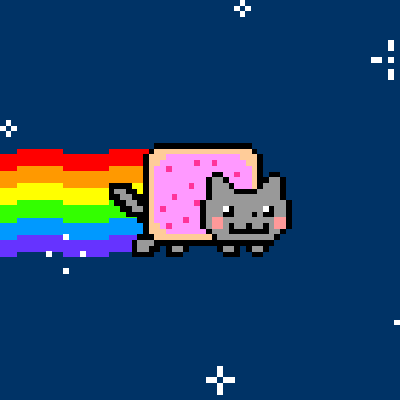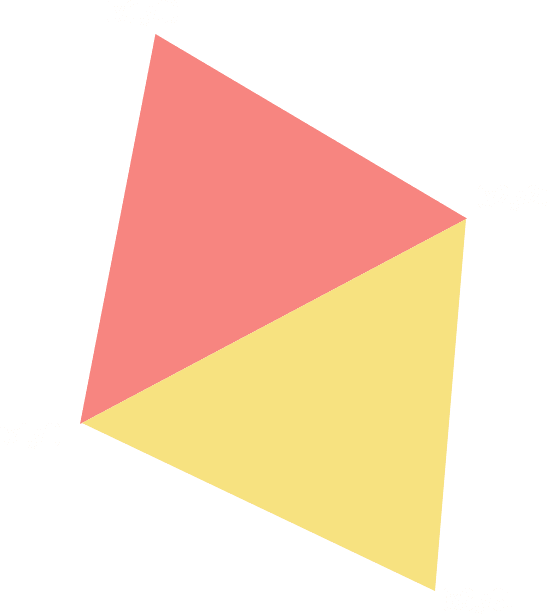ADVANCED FRONTEND DEVELOPMENT
2015
hello,
Objectives
- Animation
- Tween engines
- Creative Frontend development
- WebGL/GLSL
What's Animation?


Should I animate it in codes?


- Is it interactive?
- Is it too simple to code?
YES!
NO!
Code it. Yeah!
Sprite/Video
Frame by frame
animation
function loop() {
// clamp at maximum 60fps in browser
requestAnimationFrame(loop);
render();
}
function render() {
// draw something
}function lerp(from, to, ratio) {
return from + (to - from) * ratio;
}Lerp
// lazy shorthand
currentValue += (newValue - currentValue) * 0.1;currentValue = lerp(currentValue , newValue, 0.1);Framerate independent Easing
Tween Engines
TweenMAX
Tween.JS
TweenMax.to(elem, duration, {property: value, ease: easingFunction});
TweenMax.fromTo(elem, duration, {property: fromValue}, {property: toValue});var tweenObj = {animation: 0};
TweenMax.to(tweenObj , 2, {animation: 1});Which easing function should I use?
- Physically makes sense
- Cheaper
Physically
makes sense
Which easing function should I use?


EaseInOut
EaseOut / EaseIn
Cheaper
Which easing function should I use?
For example in CSS:
- Opacity
- Background-color
- Border-radius
- Width/Height
- ...
Graphics tools
Grapher(Mac)
Creative Frontend Development
3D-it - http://www.edankwan.com/lab/3dit
JSFeat + delaunay - http://codepen.io/edankwan/pen/RNzBgR
If you cant resolve the problem mathematically, try to resolve it visually.
Edan Kwan ( 1986-present)
3D Globe - http://codepen.io/edankwan/pen/emqgpr
Fake 3D - http://codepen.io/edankwan/pen/HokCx
What's WebGL?
WEBGL !== 3D
!== THREEJS
- OpenGL ES 2.0
- Lower level rendering
- Experimental(still)
Popular Libraries
for WebGL
2D
3D
Pixi.js
Two.js
Three.js
Babylon.js
Unity?
Goo
Shader Language
Vertex Shader
Fragment Shader
var vertices = [x0, y0, x1, y1, x2, y2...]
gl.drawArrays(gl.triangles, ..
// OR DrawElements with Indices
gl.drawElements(gl.triangles, ..Vertex shader

attribute vec2 aPosition;
void main(void) {
gl_Position = vec4(aPosition, 0.0, 1.0);
}JS with WebGL API
GLSL
- gl.POINTS
- gl.LINES
- gl.LINE_STRIP
- gl.LINE_LOOP
- gl.TRIANGLES
- gl.TRIANGLE_STRIP
- gl.TRIANGLE_FAN
var texture = gl.createTexture();
texture.image = image;
gl.bindTexture(gl.TEXTURE_2D, texture);Fragment shader
uniform sampler2D uTexture;
varying vec2 vTexCoord;
void main() {
gl_FragColor = texture2D(uTexture, vTexCoord);
}JS with WebGL API
GLSL


Texture
GLSL qualifier
- attributes
- uniform
- varying
GLSL Data Types
- float
- bool
- int
- vec2
- vec3
- vec4
- ivec2...
- bvec2...
- mat2
- mat3
- mat4